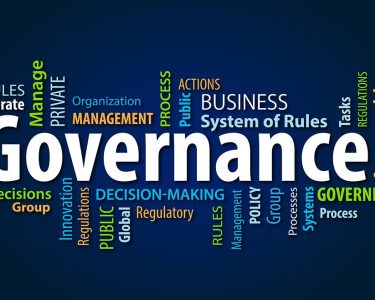If you’ve ever tried to navigate the world of politics and policy, you know how overwhelming it can be. The jargon, the competing interests, and the sheer volume of information can make it difficult to understand what’s really going on. But if you want to make informed decisions and have a say in shaping the policies that affect your life, it’s important to have a basic understanding of how politics and policy work.
That’s where the Policy Playbook comes in. Developed by a team of experts in the field, the Policy Playbook is a comprehensive guide to understanding politics and policy. It breaks down complex concepts into easy-to-understand language, provides real-world examples, and offers practical advice for getting involved.
The Policy Playbook is divided into four main sections: Understanding Politics, Understanding Policy, Making Change, and Resources. Each section covers a range of topics, from the basics of government structure to the intricacies of policy analysis.
In the Understanding Politics section, readers learn about the different levels of government (federal, state, and local), the roles of elected officials and bureaucrats, and the various ways that individuals and groups can influence the political process. This section also covers topics like voting rights, gerrymandering, and the role of money in politics.
The Understanding Policy section takes readers through the policy-making process, from agenda-setting to evaluation. It explains the different types of policies (e.g. regulatory, distributive, redistributive) and provides examples of how policies are created and implemented. This section also covers topics like cost-benefit analysis, stakeholder analysis, and policy evaluation.
The Making Change section is all about how individuals and groups can effect change in the political and policy arenas. It covers topics like advocacy, lobbying, and grassroots organizing, and offers practical tips for getting involved in the political process. This section also includes information about how to communicate with elected officials, how to participate in public hearings and comment periods, and how to use social media for advocacy.
Finally, the Resources section provides a wealth of additional information and tools for those who want to dive deeper into politics and policy. It includes a glossary of key terms, a list of helpful organizations and websites, and recommendations for further reading.
The Policy Playbook is an invaluable resource for anyone who wants to understand how politics and policy work. Whether you’re a student, an activist, or just a concerned citizen, this guide can help you navigate the complex world of government and make your voice heard. So if you’re ready to get involved and make a difference, grab a copy of the Policy Playbook and start unpacking!




